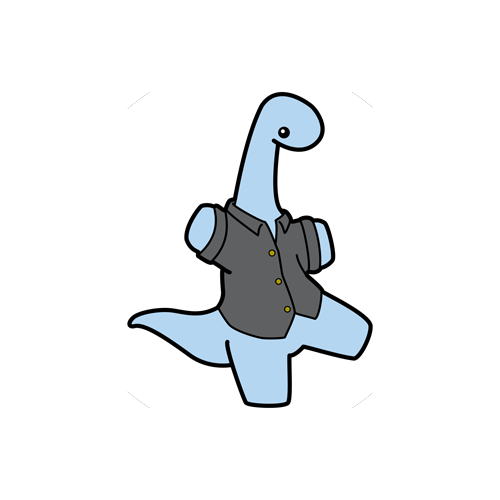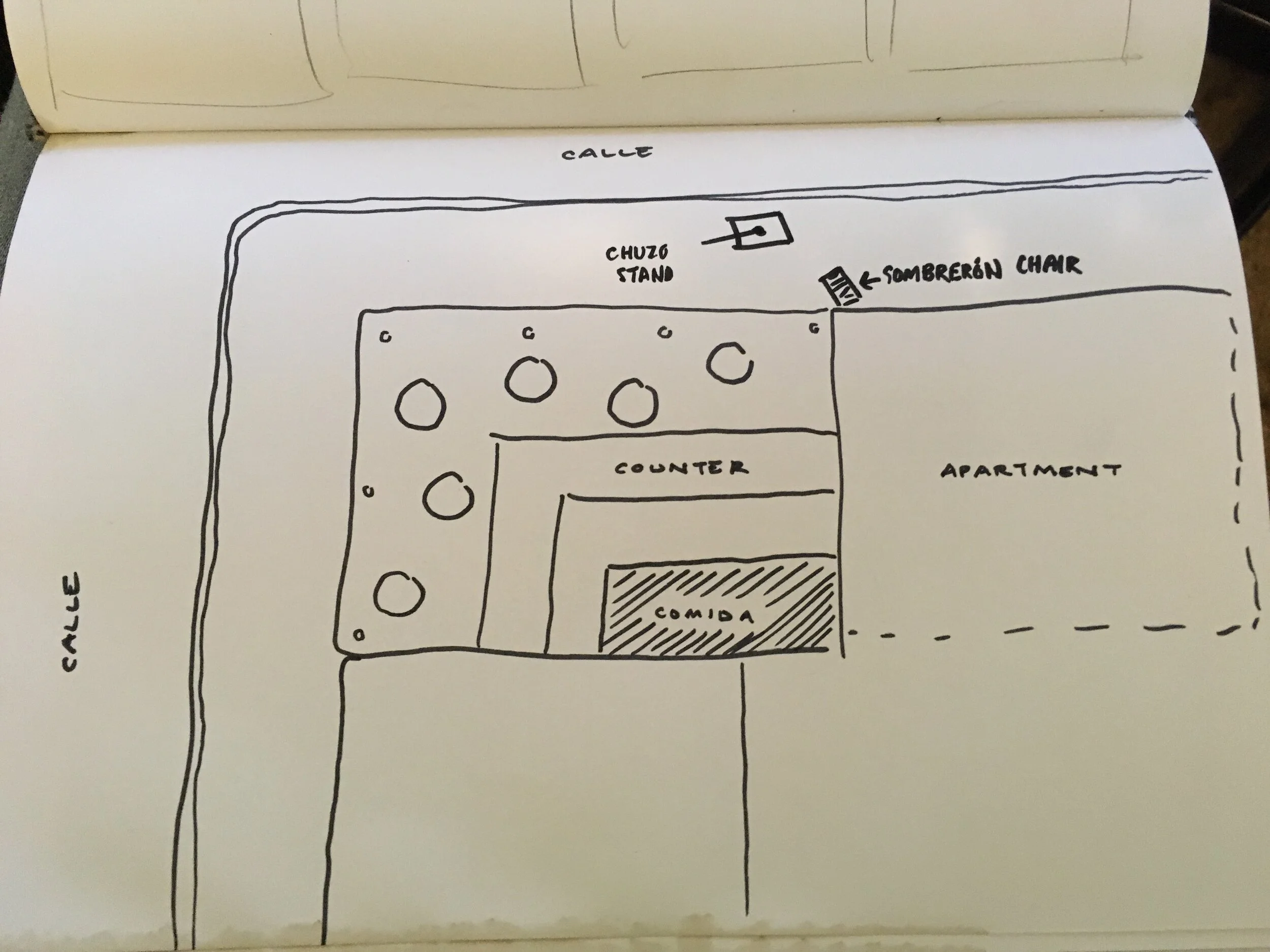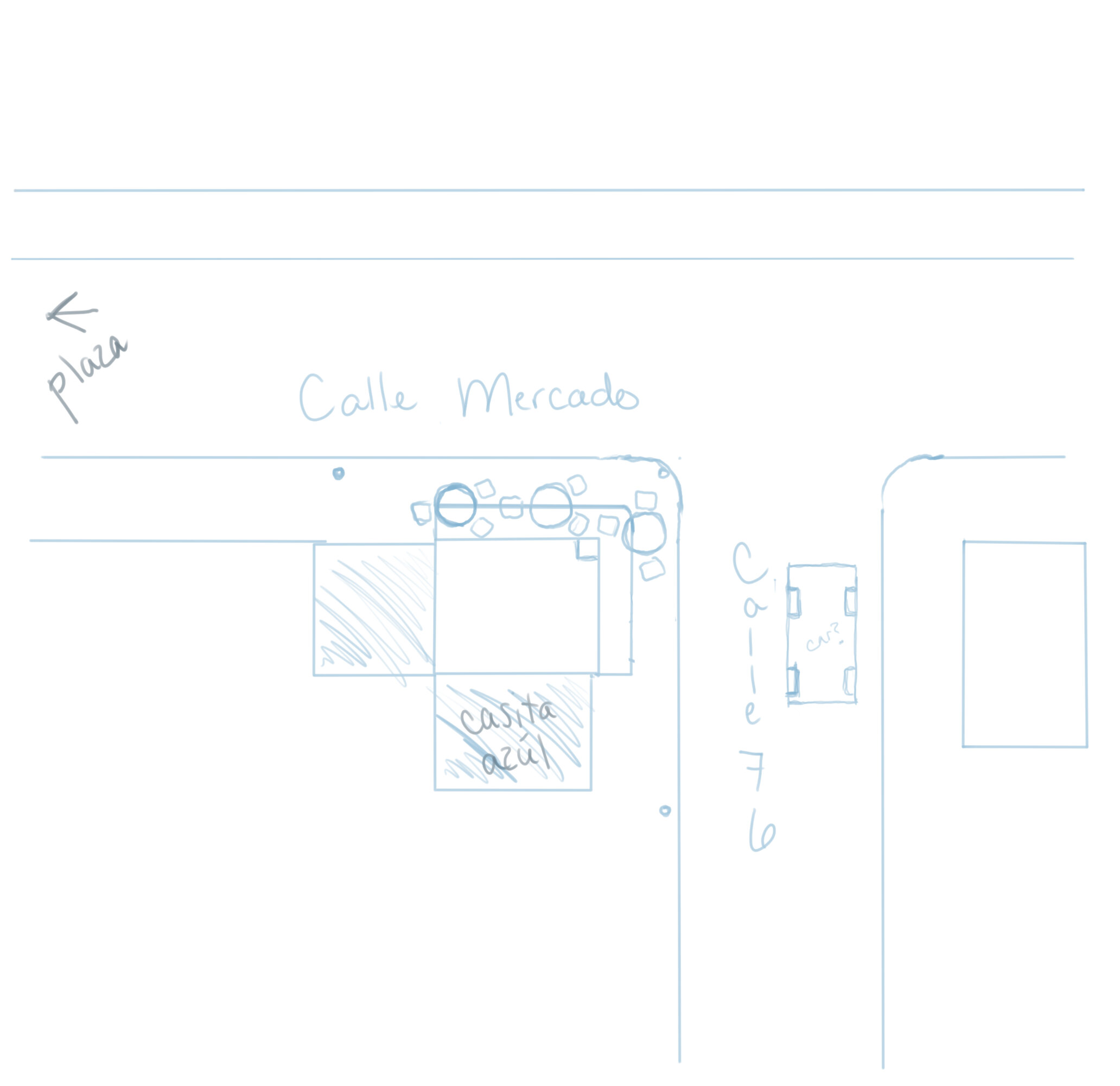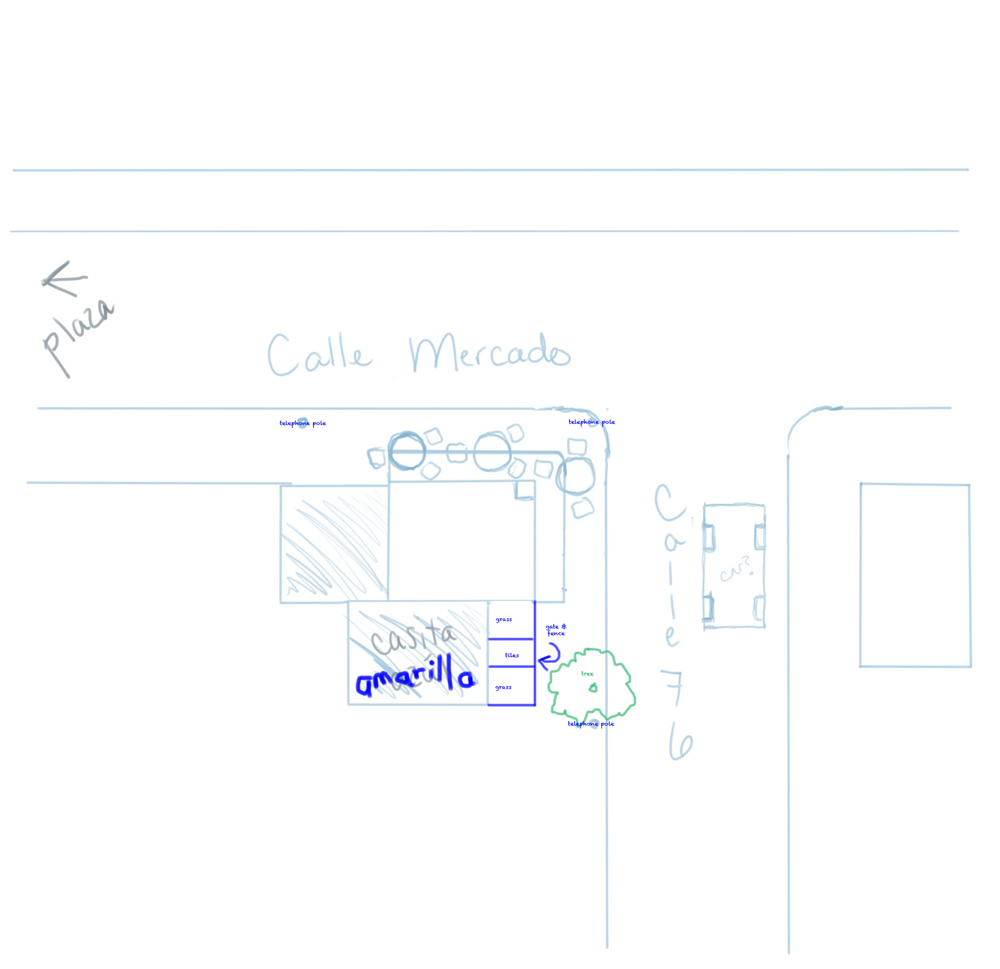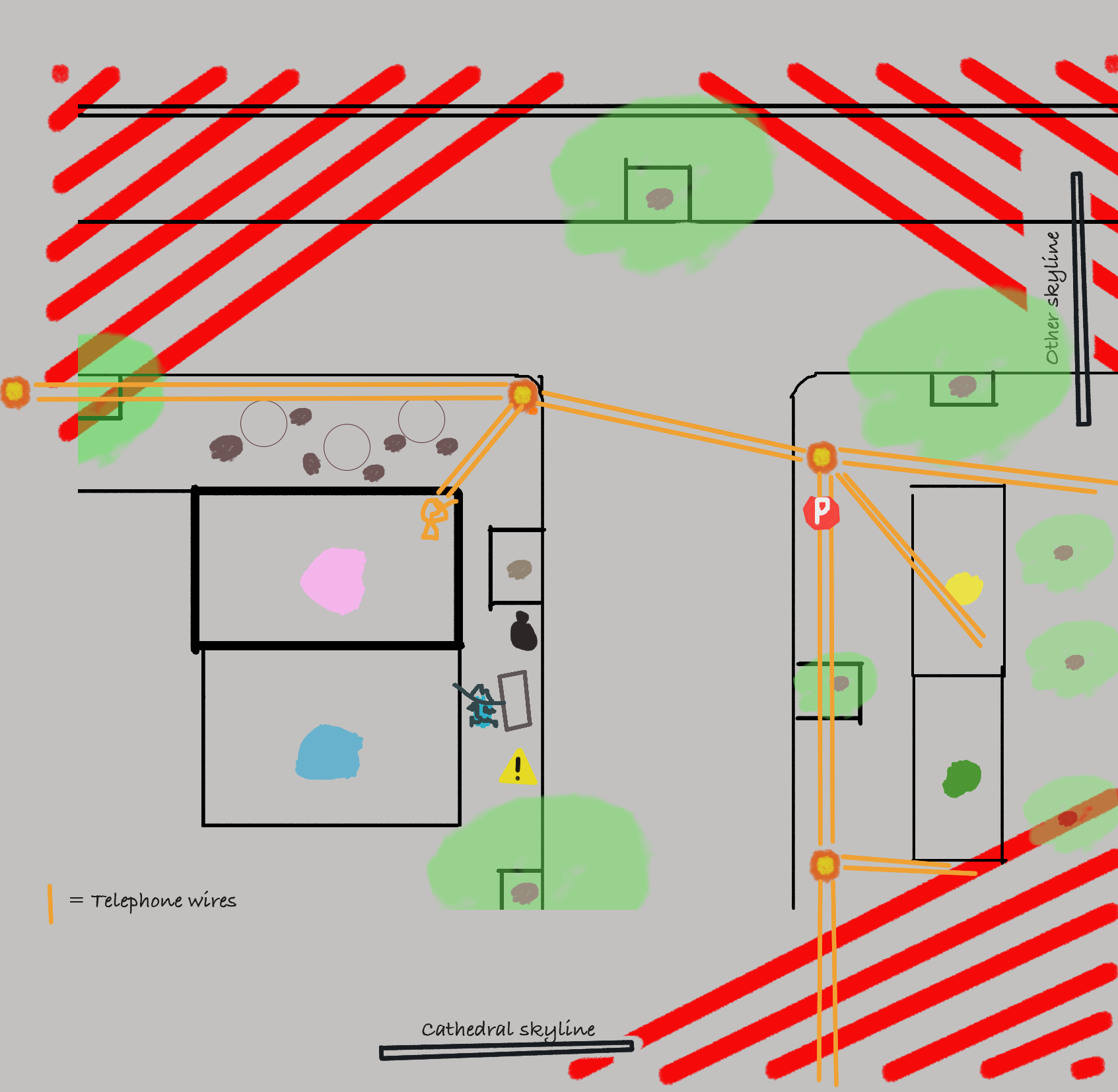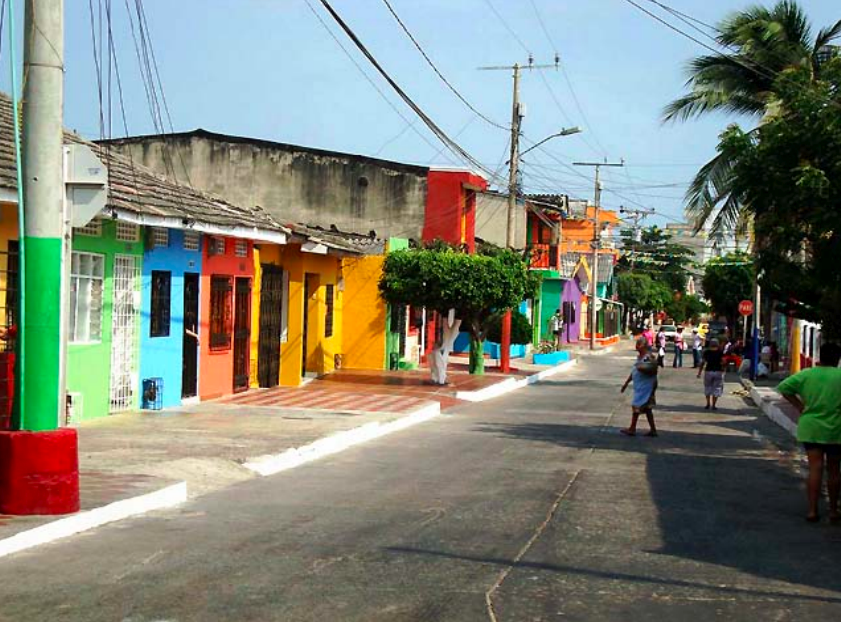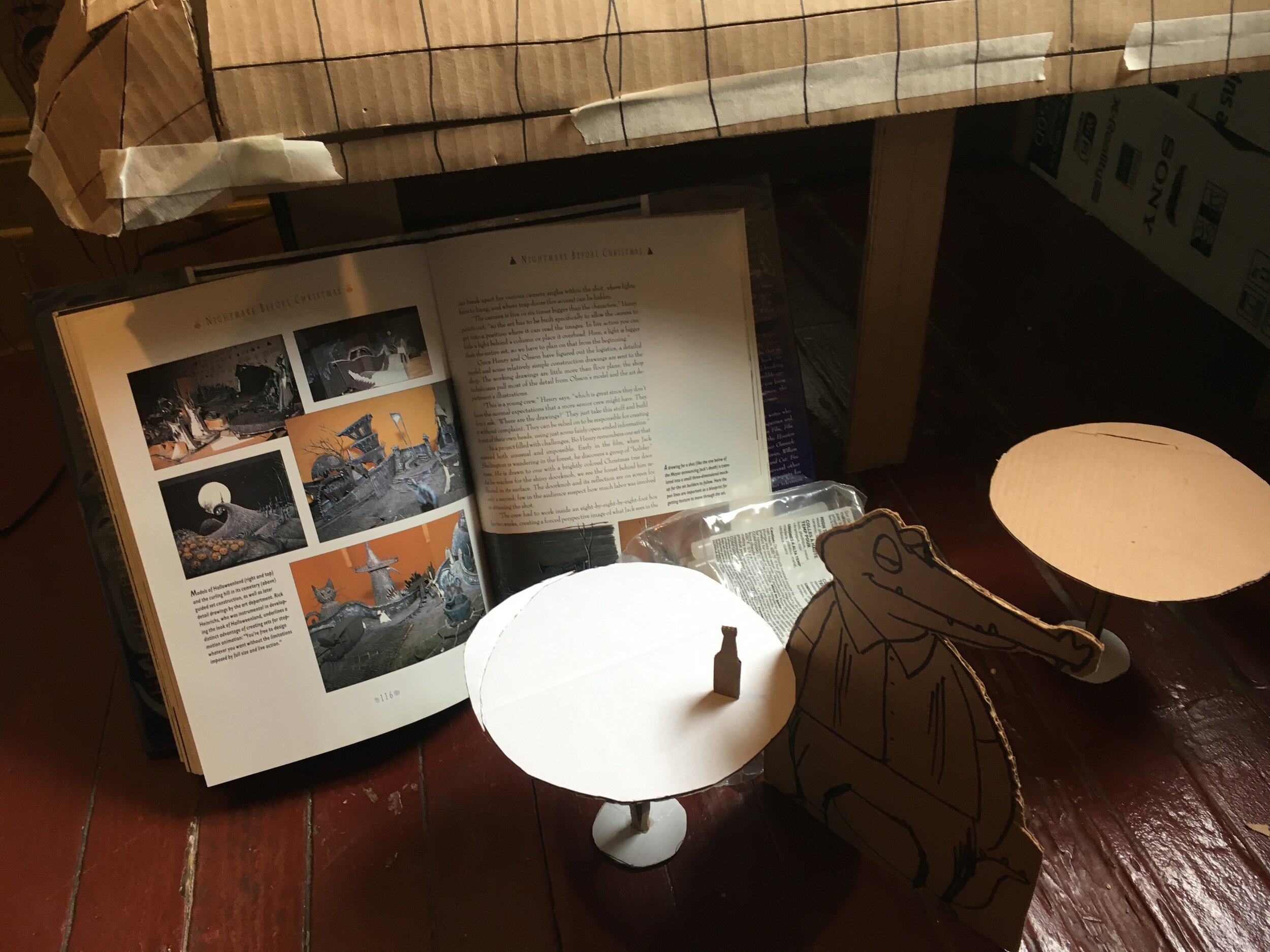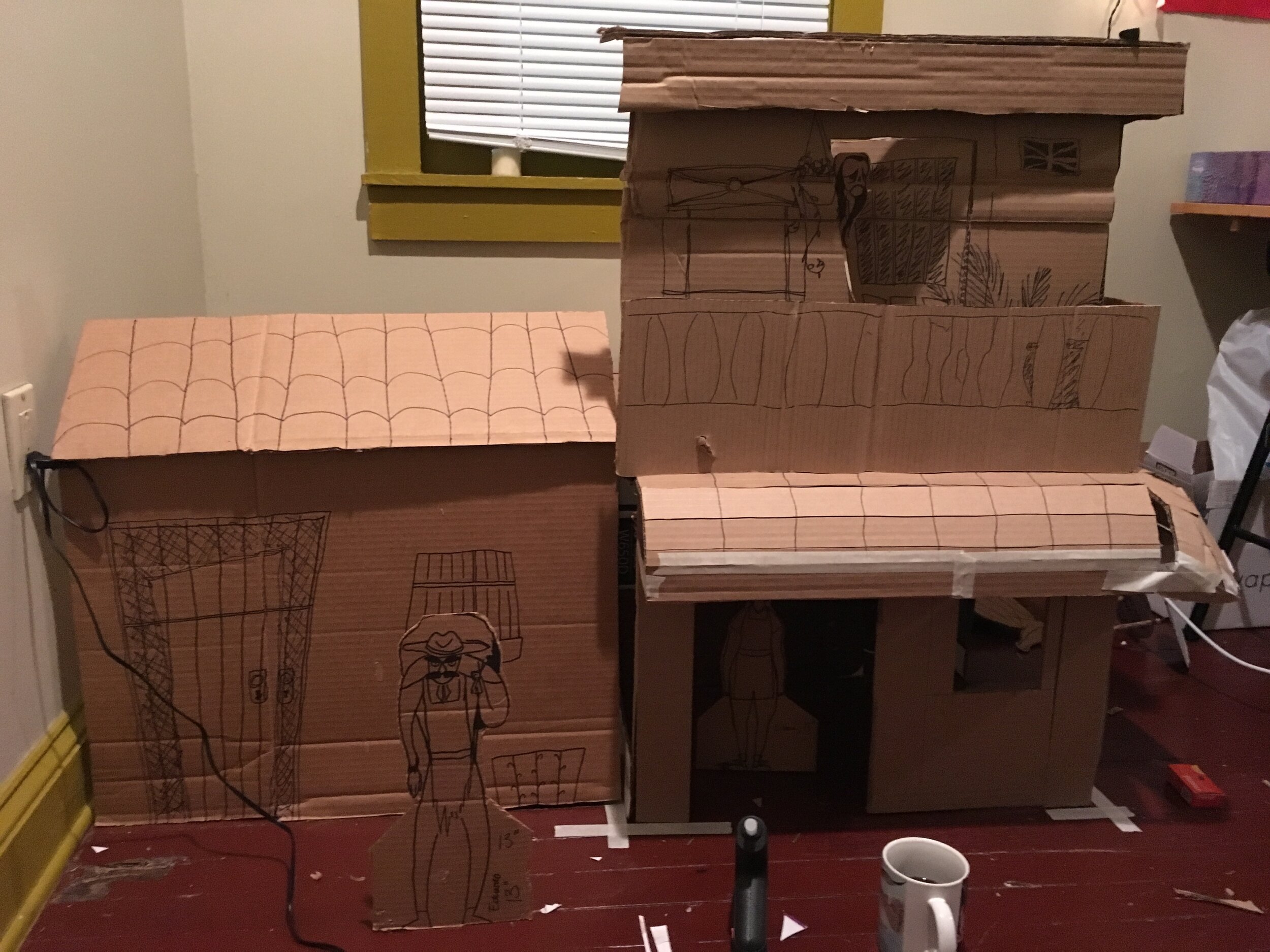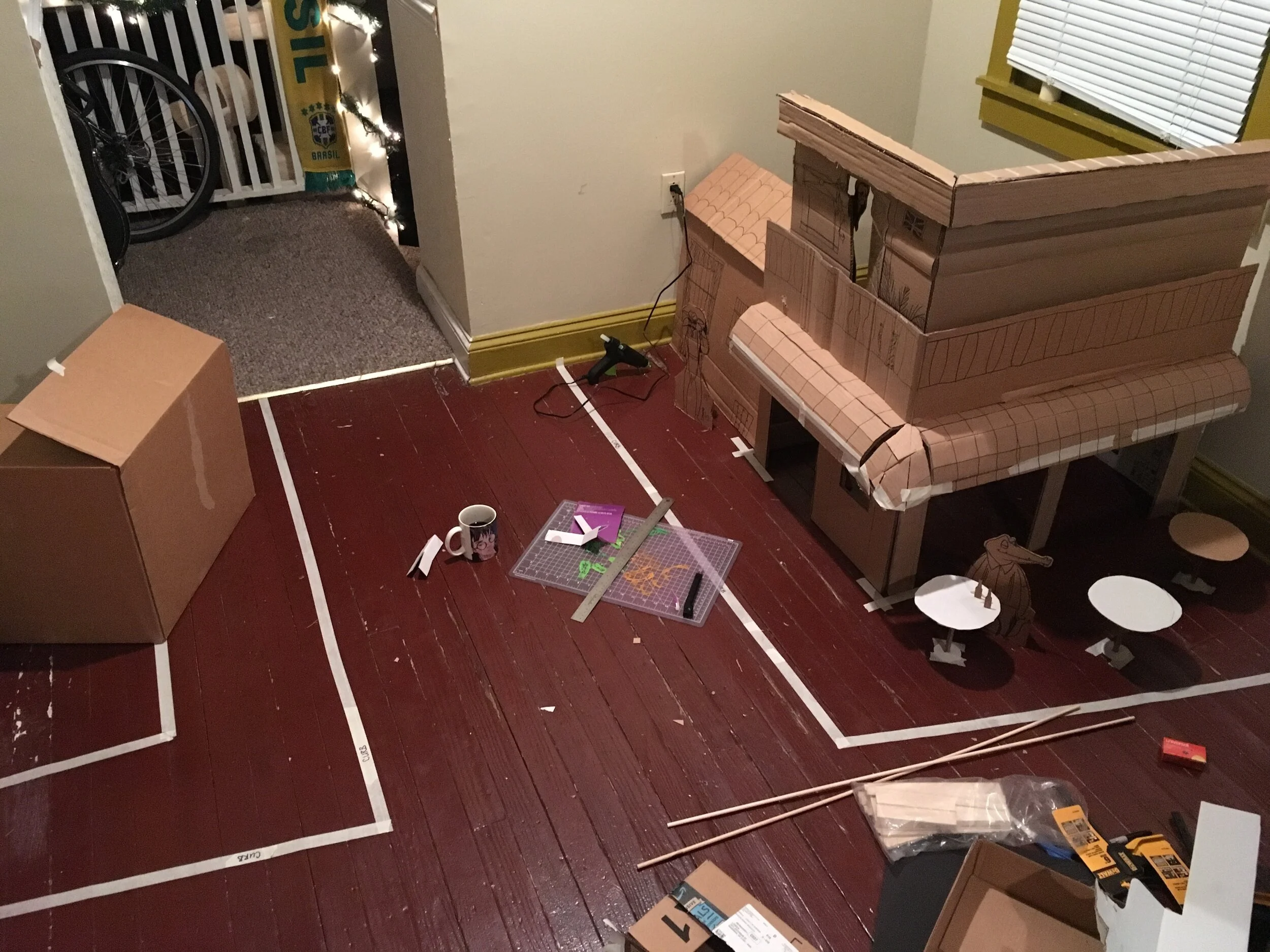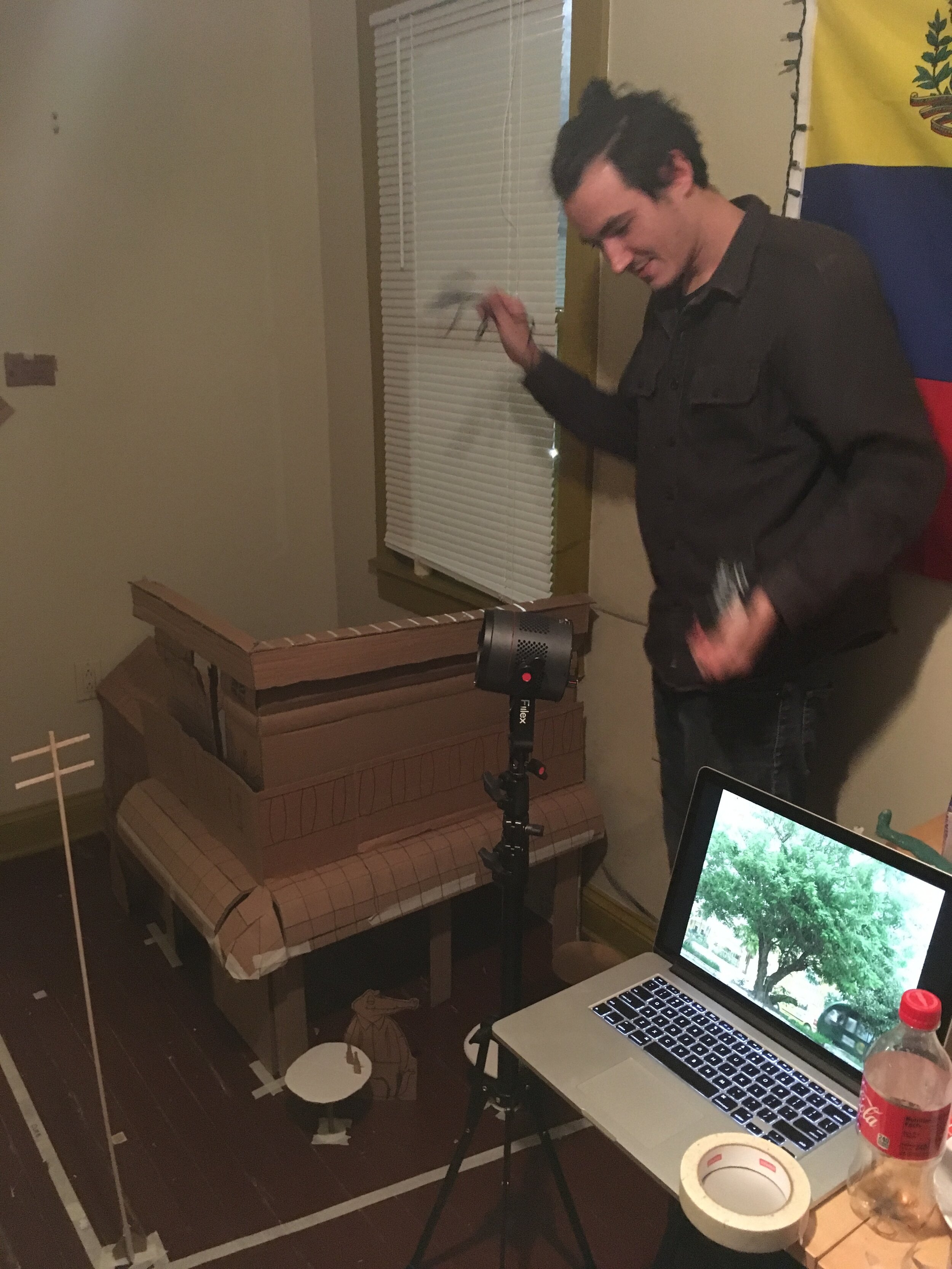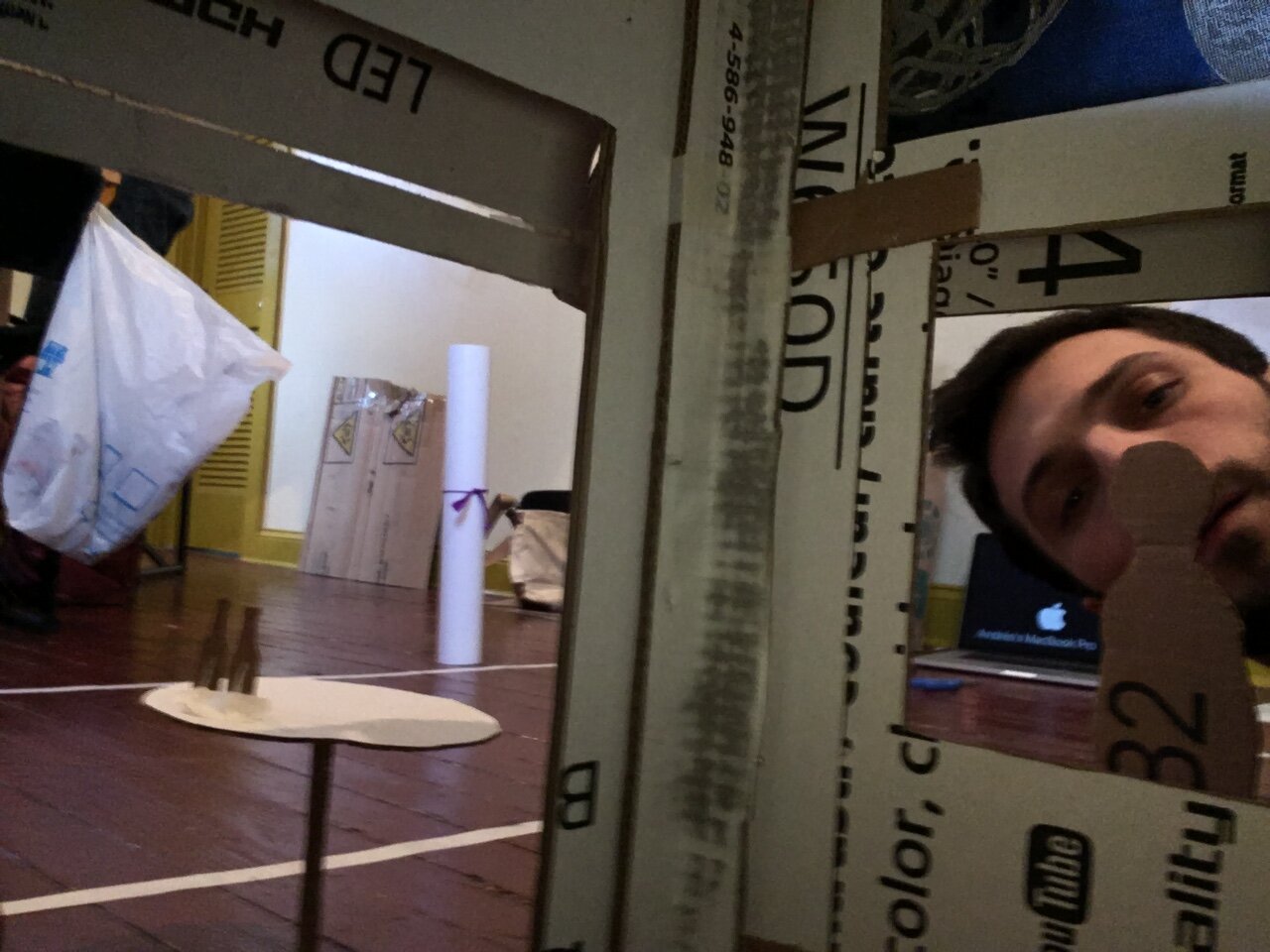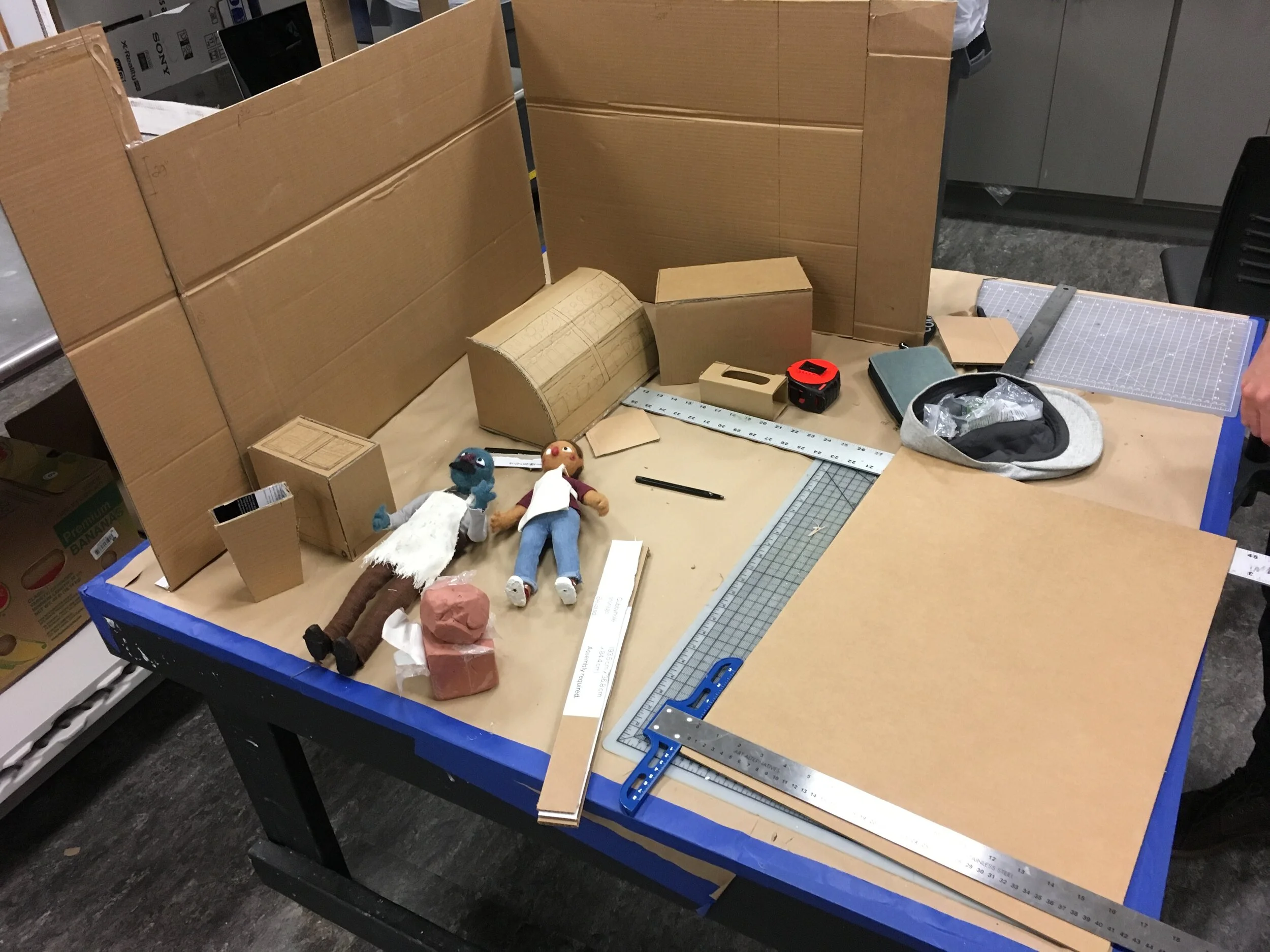We built this city block
/Con Fuerza isn’t meant to take place in a specific town or city block within the context of the film, but having never built a Colombian city before we had to model the set on something. We thought, ‘where better than Barranquilla, Colombia, home not only to the film’s producer Alejandro M. Siegert but to its first folk character to have a conversation with the main character el hombre caimán?’
I set to work. The story had been board-driven, with only the first pass completely finished (on sticky notes, seen here).
What that meant was that I was going to have to take into consideration the shots necessary to tell the story, the space we have to shoot it in, the equipment available, and so on, to build the right set.
The first thing to consider was scale. Because this is a student film, the whole operation began by taking the Stop Motion 1 class at the Savannah College of Art and Design, where all the film crew are currently students. The focus of that class was to make puppets, so we used our time there to make the puppets we would eventually use for the film. In doing so, it was arbitrarily decided that Liliana would be 11 inches tall, because of which everything in the world and the world itself then had to be based on a scale that would fit this 11-inch puppet, leading to the insane scale of 11/64 or 17.1875% of reality.
As I used Google street view to look at the many tiendas which Alejandro insisted were the perfect meeting place for these very different characters we’d created, it became clear that we would need a street corner, with buildings on both sides of the street and plenty of sky. As I learned from the very talented SCAD professor of sequential art John Lowe, the best way to start is with a street plan, as seen below.
I began by looking at the thumbnails we had and trying to understand what angles we would need; having the hat on the roof of a house across the street that was still visible in a lot of the shots was particularly challenging. But I came up with a pretty basic idea of what we’d need for the tienda itself, sketched in the first photo. The second and third are iterations of my earliest attempt to digitize the map, giving me much more precise control over the measurements (which needed to be taken into consideration as we had very limited physical space and the scale was already unchangeable). The fourth is the final version, and aside from the wall originally planned at the north end of that drawing is almost identical to what we’ve ended up making. The photograph is of a street in Barranquilla, which I couldn’t stop coming back to despite the huge supply of images we had collected from Siegert’s own trips, those contributed by friends and family, and what we could find on Google Street View. Something about the tiny houses all painted such bright and different colors just struck me, and made its way into the houses we’re now building to go across the street from the tienda.
Once the numbers are crunched and the drawings are drawn, it’s tempting to go right into building. The best way to save an unthinkable amount of time (and money), however, is to build mock-ups, or a version of the set which is the right scale and dimensions but made quickly and cheaply. Fancy productions with bigger budgets often build theirs out of foam core, or poster board. We, however, have cardboard:
I built a cardboard version of the set in my dining room and the team built a version of the interior at one of our school’s buildings (logistically we realized pretty early we were going to need two versions of the tienda walls, an inside and an outside).
Once we get some sawing, sanding, and painting done, we should have a real stop motion set finished and ready to go!
